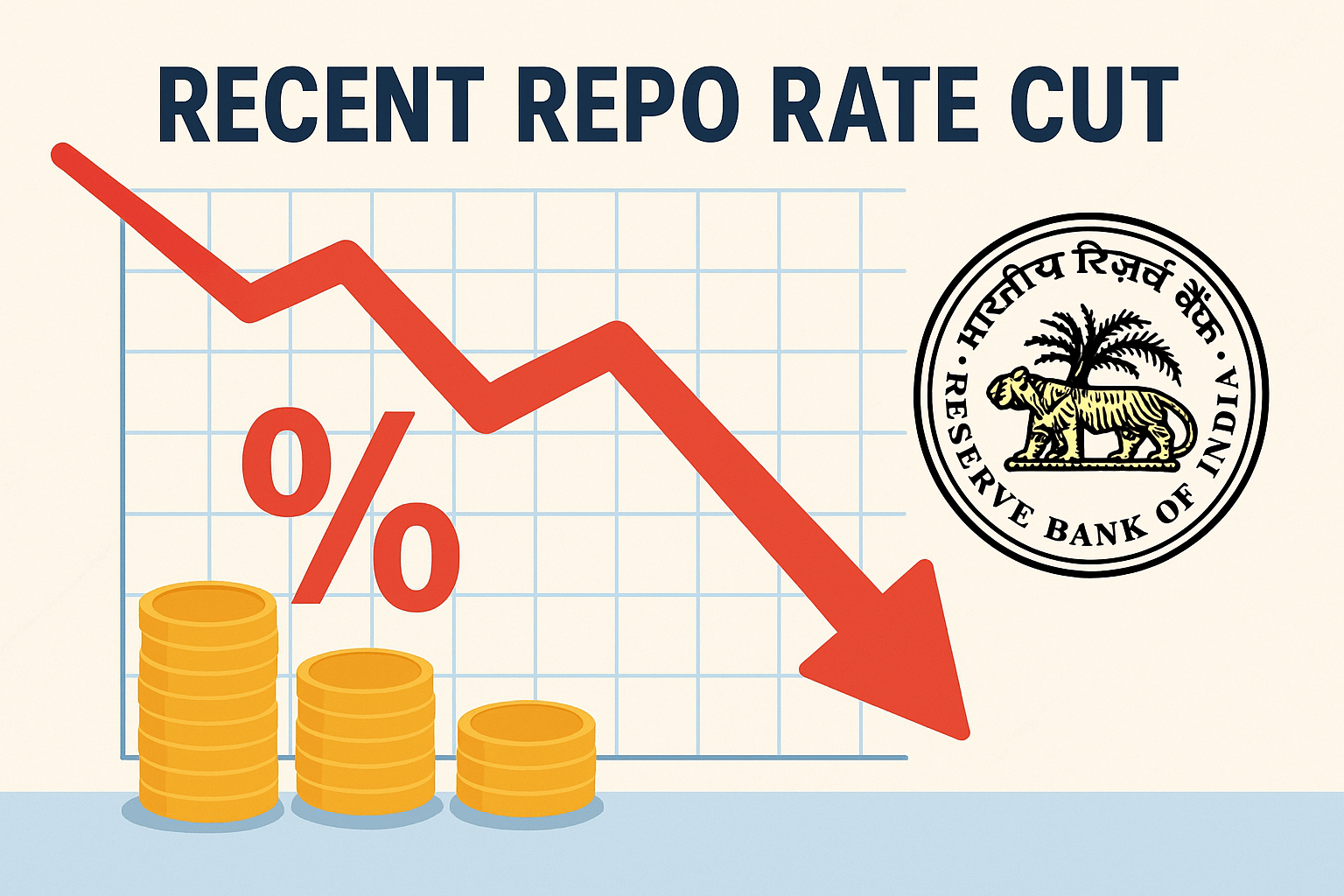Doge Coin Value
The Dogecoin price is $0.08684694, a change of 6.87% over the past 24 hours as of 9:49 a.m. The recent price action in Dogecoin left the token market capitalization at $12.43B. So far this year, Dogecoin has a change of -2.28%. Dogecoin is classified as a Currency under the CoinDesks Digital Asset Classification Standard (DACS).
Doge is the native cryptocurrency of Dogecoin, a parody cryptocurrency based on a viral internet meme of a Shiba Inu dog. At first, the crypto project was created purely as a mockery of other cryptocurrency projects launched.
The cryptocurrency is a direct copy of Litecoin’s code and can transfer value over the internet like all other digital assets. Doge was never designed to have real-world utility beyond a simple blockchain-based payment system; however, it quickly amassed a diehard community of fans who found and developed new use cases. Those included a third-party online tipping service, which led to Doge becoming a leading tipping coin on Reddit’s social media and crowdfunding charitable causes using Dogecoin.
How to buy Dogecoin?
Unlike the case with many other cryptocurrencies, the founders of Dogecoin didn’t launch a public sale or “premise” coins before the token’s launch. Instead, a total supply limit of 100 billion coins was set, and anyone with a laptop or smartphone could begin mining doge immediately.
What was also unique about Dogecoin was its block reward schedule. Copying another project’s schedule called LuckyCoin, doge block rewards were completely random, meaning miners could receive anything from 0 to 1 million Doge for mining a single block. The range of coins are available for block rewards was tapered every 100,000 blocks until 2014 when the project’s founders decided to change the block reward system to a fixed schedule. After that point, successful miners received 10,000 doges per block for their efforts.
Despite Dogecoin’s immediate popularity among early crypto users, it experienced only two short-lived big price jumps during its first almost four years in the market. The first occurred almost immediately after the token went live when its price soared 1,061% in 15 days from $0.0002 to $0.0023. The second big hike occurred in March 2017 during the early stages of a crypto bull market. Doge’s price rose by 1,494% to a peak of $0.004 – the highest price since launching.
While many other digital assets continued to rise through the second quarter of 2017, doge prices fell below $0.001. It was in November 2017 when Doge’s price found support again from bullish investors. By January 2018, Doge’s price reached a peak of $0.018.
It took over three years for Doge to reach that level again after it experienced a prolonged period of low trading activity as hype for the token waned. Renewed interest spurred by Tesla CEO Elon Musk and other celebrity supporters at the start of 2021 sent Doge’s price surging past its previous all-time high. The coin posted a 9,884% gain between January and May. By the end of the rally, Doge had peaked at a new all-time high of $0.74.
How Dogecoin works
Dogecoin’s blockchain operates using a proof-of-work consensus mechanism – the same system Bitcoin uses for network participants to agree on the data being added to the blockchain.
Dogecoin’s mining code was initially copied from another crypto project called LuckyCoin. LuckyCoin – a fork of Litecoin, a fork of Bitcoin – featured an utterly random block reward schedule where miners could receive zero or potentially thousands of free coins for producing new blocks. Australian entrepreneur Jackson Palmer and American software engineer Billy Markus – the creators of Dogecoin – believed the randomness would annoy Dogecoin miners and prevent them from using the token long-term.
However, as the community grew around Dogecoin, Palmer and Markus eventually decided to change this to a fixed block reward schedule in March 2014. Blocks created under the new schedule contained 10,000 dogecoins, meaning 5.2 billion doge coins are mined annually.
Dogecoin’s mining difficulty adjustment, which controls how hard or easy it is to find a block, is tweaked for every block, unlike Bitcoin, which adjusts for every 2,016 blocks.
In 2014, Litecoin creator Charlie Lee proposed the idea of merge-mining Dogecoin and Litecoin. This idea of “merged mining” meant miners would mine both Dogecoin and Litecoin simultaneously, helping to boost Dogecoin’s network security. Palmer and Markus accepted Lee’s proposal four months later. That resulted in Dogecoin producing faster blocks than Bitcoin (1 minute vs. 10 minutes), meaning Doge transactions are significantly faster than Bitcoin transactions.
Why is Doge on Twitter
A day after Elon Musk sought the dismissal of a $258 billion racketeering lawsuit that accused him of intentionally inflating Dogecoin’s value, Twitter’s iconic blue bird on its home button was replaced with a Shiba Inu logo associated with the cryptocurrency. In a nod to the update, Twitter CEO Musk shared a post on Tuesday that showed the face of the Doge meme riding a car while a police officer supposedly checks the driver’s license, which displays the ‘old’ blue bird logo. The official Twitter account of Dogecoin also responded to the change by invoking the famous meme’s style and writing, “Very currency. Wow. Much Coin. How Money. So Crypto.”
In February, Musk shared a picture of the ‘Doge’ posing as the Twitter boss, adding that the ‘new CEO is amazing.’ The meme coin was launched as a joke in 2013 to poke fun at other cryptocurrencies like Bitcoin.











